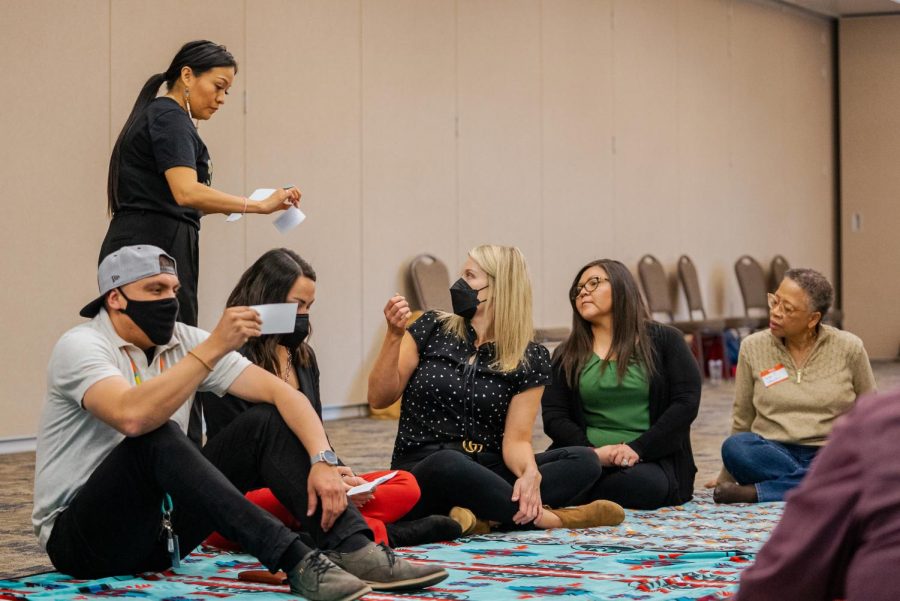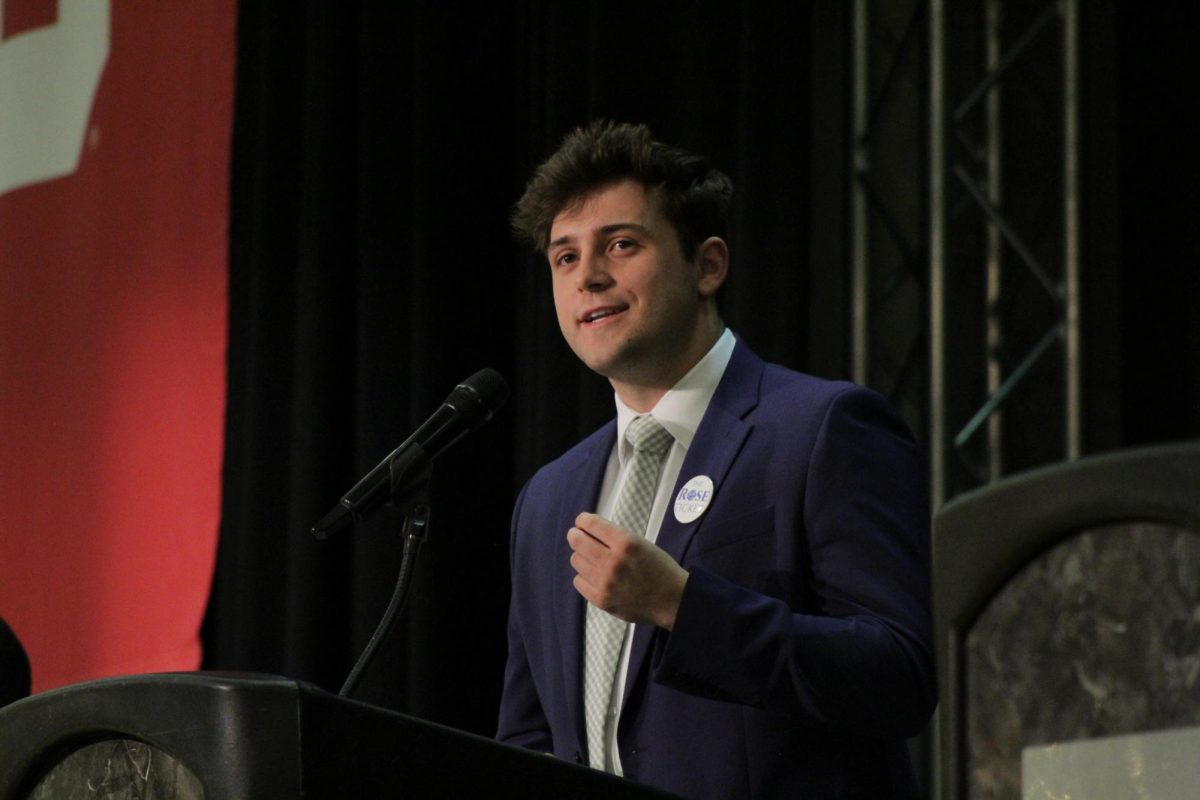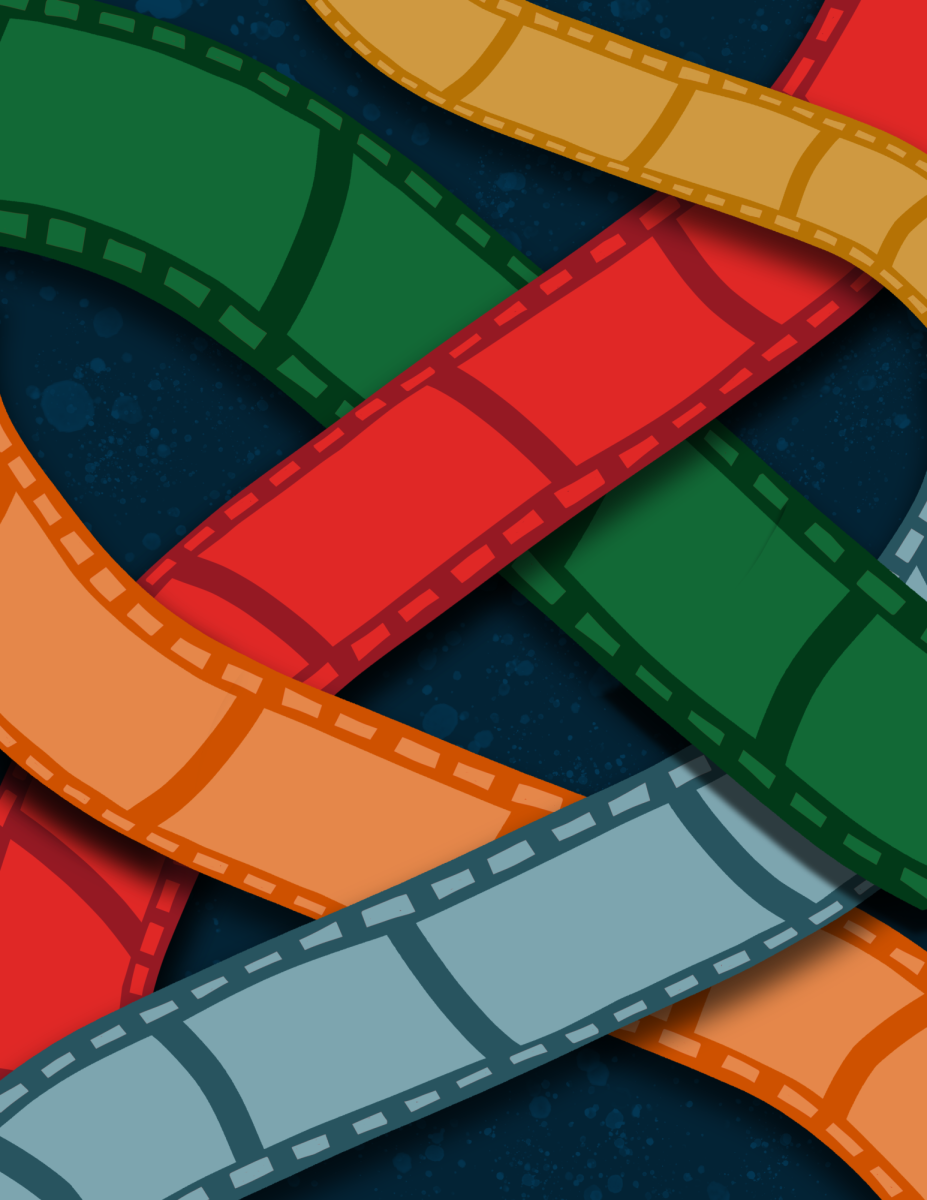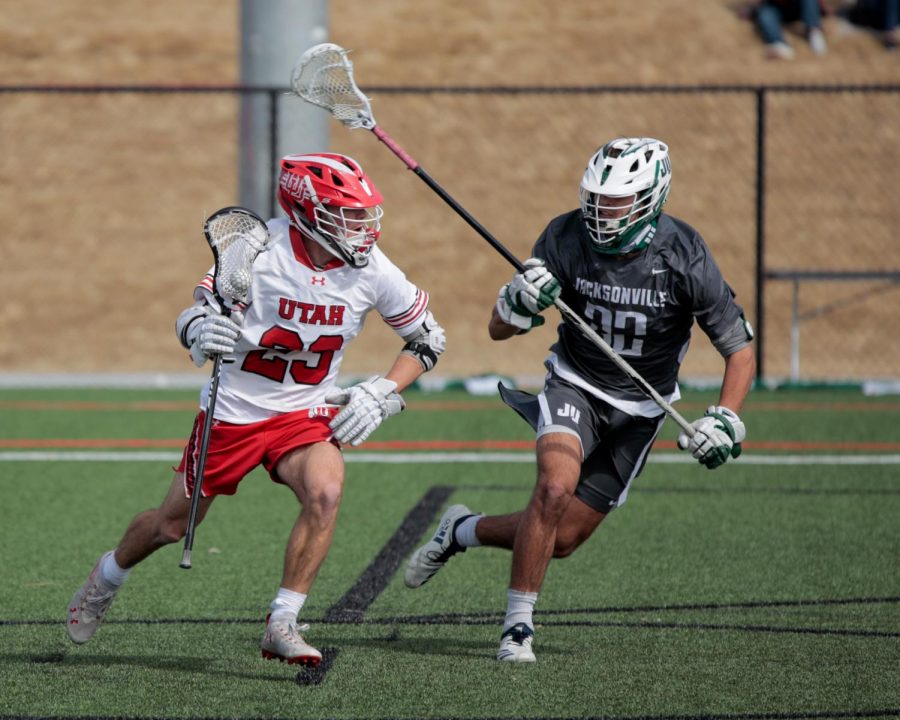Committee Members Say 2023 Day of Collective Action is a ‘Starting Point’ in the Fight Against Racism on Campus
People participate in the Blanket Exercise: Understanding Colonialism session during the Day of Collective Action on March 22, 2022. (Courtesy of Brooke Adams)
February 6, 2023
The Day of Collective Action is a presidential initiative by the Presidential Commission on Equity and Belonging, which was launched in January 2022 after the Black Cultural Center at the University of Utah received a bomb threat.
The commission stated their hopes for a 30-60-90 day plan, where a day for the campus community to pause and reflect on anti-racism would occur within 30 days of the announcement.
Tools for Change
Bryan Hubain, associate vice president for student development and inclusion, is also a co-chair for the Day of Collective Action.
“That day really came about after a series of incidents that targeted the Black community at the University of Utah,” he said. “And it really hurt us as a community. I think everyone had very strong feelings about what happened, how it was wrong. So many people were communicating that and the president really said ‘We need to do more as a campus.’”
With 2023 being the second year of the Day of Collective Action, Hubain said they have had more time and are planning on engaging even more of campus.
“We’ve had more time for folks to envision what it is because it had never been done at the U which is scary,” he said.
Mary Ann Villarreal, the vice president for Equity, Diversity and Inclusion, uses she and they pronouns, and said last year, they received criticism that the event was “led by, quote, administrators.”
“This year, the Day of Collective Action really has been organized by people across campuses, different centers have been involved,” she said.
Last year, they executed the planning for the day between four and six weeks.
“I think that’s the power of different perspectives, that’s the power of trusting your community,” Hubain said. “And it came together last year, and we had a little more time to actually prepare for this year.”
The main purpose of the day is for people to walk away with tools and action items moving forward. It also is a way to use the knowledge already housed at the U.
“We have amazing thinkers, we have these world-renowned researchers, you know, people that when I was in school, and I was studying, they were publishing and I’m like citing them,” Hubain said. “And finally being able to say ‘We need your knowledge.’”
Last year, the main focus was anti-Blackness — this year, there are four main areas of focus: exploring the Hispanic Serving Institution, anti-racism, Indigenizing the University of Utah and community and coalition building.
“As our Latino or Latinx, Latine population has grown, what does it mean if we’re a Hispanic-serving institution a decade down the road?” Villarreal said. “So it’s better to start that conversation now, rather than a decade from now.”
The day intends to provide the necessary tools to create change.
“And also for us as a campus to interrogate what we’re struggling with,” Hubain said.
Hubain said people walked away with a lot of action items from last year’s event.
“Did we get it right, is it perfect?” he said. “Absolutely not. But, you know, from that, one of the things that came up was a Black Advisory Council.” The council consists of student leaders, faculty, staff, alumni and other community members.
“And we’re pretty much saying, from our perspective, this is what needs to change,” he said.
Hubain’s session is called “Connecting Practices to Strategic Metrics/Outcomes.” The session will deal with evaluating how the U’s EDI pillars align with different departments, and strategies to carry out this assessment.
“So we’re in [the] community doing this work and finding these hands-on solutions to some of the things that we’re struggling with and grappling with,” Hubain said. “And the beautiful thing is that we can do that. The sad thing is that there’s limited time to do it, and we can’t really get to all of these identities that are so integral to our community.”
The Day of Collective Action committee called the day a “starting point,” saying people must continuously put in the work, beyond the sessions.
“Time and time again, when we hear women talk about their experiences, when we think about people with disabilities talking about their experiences, people of color talking about their experiences at the University of Utah — this is not in Utah or in another university — at the University of Utah, they say, ‘Where’s the action?’” he said.
Villarreal explained the institution has a responsibility to reckon with some of the “nation’s failures.”
“It’s a starting point, to invite people in who don’t see themselves as part of the solution to acknowledge the various harm points that happen every day,” Villarreal said.
As an institution of learning, Villarreal said it is imperative for the community to be engaging intellectually, and to have curiosity and wonder.
“We have to be willing to sit with some hard pieces of information of truths about, you know, who we are as an institution and where we’re going and how we find our way out,” they said.
Hubain said the day is about celebrating the work that has been done, while also acknowledging what more must be done.
“But most of all, as a university, we’re saying we are not perfect,” Hubain said. “We have a lot of work to do, but it really does require each and every person to be involved.”
Right now, Hubain said, not everyone is involved.
“But this is the second year and the more we do this, the more people will be involved number one,” he said. “And number two, we will begin to see the barriers to access that exist to even attending the Day of Collective Action, right. And so that’s why it’s a starting point, because there’s so much that we’re learning, but as we’re learning, we’re changing and adapting.”
This year’s Day of Collective Action is on Feb. 8, with academic programs encouraged to incorporate the year’s four themes and allow flexibility for students and faculty who may wish to attend the events.
Beyond the 90 Days
When it was first launched, the 30-60-90 day plan to fight against racism included four main components: creating the Day of Collective Action, updating the Student Code to enhance sanctions, strengthening the Racist & Bias Incident Response Team and devising a Community Compact after meeting with various groups.
“30-60-90 was around tightening up what we had started to do or was in the works and ensuring that we were getting clarity on direction,” Villarreal said.
The Day of Collective Action was created in 2022, set to be an annual event, and revisions to the student code were released to the public on April 12, 2022.
“With increasing volatility in society and our own communities, it is important for the University to be transparent and address bias and prejudice-motivated behaviors. Until now, our Student Code (Policy 6-400) did not name these behaviors,” read the update from Jason Ramirez, dean of students and Ken Stonebrook, associate dean of students. “Without specifically naming them, we inherently silence victims by not acknowledging the behaviors of bias, prejudice and racism.”
The president’s website lists “Review Racist & Bias Incident Response Team (RBIRT) Processes” as being “on track.”
Shawn Wood, communications manager for the U, said in an email statement that the post is going to be updated to read “An RBIRT administrative manager position has been posted and applicants are being screened. The hiring of this position will enable us to more robustly support RBIRT processes and mission. The marketing and awareness strategies are continuing.”
There is a digital awareness campaign on signage around campus encouraging people to learn more about RBIRT.
The Community Compact was changed to be called Guiding Principles on Equity & Belonging, according to Wood.
“These guiding principles are designed to call attention to the university’s commitment to equity, diversity, and inclusion and to cultivating spaces where all students, faculty, and staff can belong and thrive,” the EDI website reads.
Villarreal called attention to other ways the U is engaging in the fight against racism, mentioning the School for Cultural and Social Transformation.
“I’m a historian, so I truly believe in the role of humanities and advancing you know, the discourse and dialogue around what it means to be a part of a diverse democracy,” Villarreal said.
She added it is necessary to find multiple ways of leading so that as many people as possible can be included in becoming an equitable institution.
“There’s no one way out of what we have inherited,” they said.
Hubain said they went beyond the 90 days by continuing to meet as a Black Advisory Council. They recently met with the cabinet, where Hubain said the president thanked them for bringing things to his attention he did not know about.
“We’ve never heard that from the president before because we never got a chance to meet directly with the president,” he said. “And so the fact that we actually heard it from his mouth meant the world.”
Hubain said everyone has a meaningful way they can contribute.
“The Day of Collective Action is for all of us,” he said. “And when we choose to not engage, we risk not showing up for some of the people we care about most, that we see every day, that we have committed our life to serving and supporting. But most of all, it’s a betrayal of ourselves.”












